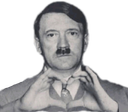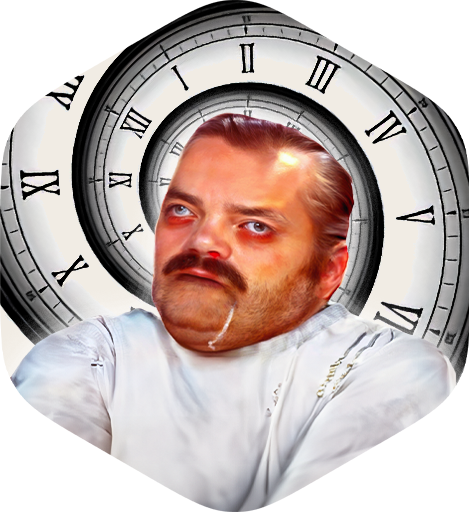Ce sujet a été résolu
Toujours personne pour stopper notre folie remigratrice







 Louis auguste je t'ai à l'œil
Louis auguste je t'ai à l'œil

il y a 7 mois
Jamel qui fait déjà sont apparition dans les tendances

Notre pouvoir est illimité







 Louis auguste je t'ai à l'œil
Louis auguste je t'ai à l'œil

Notre pouvoir est illimité
il y a 7 mois
Messieurs comme le veut la tradition. Je vous demande de vous levez à nouveau pour les 4k et la marseillaise


il y a 7 mois
resumax2livres
7 mois
Messieurs comme le veut la tradition. Je vous demande de vous levez à nouveau pour les 4k et la marseillaise

il y a 7 mois














